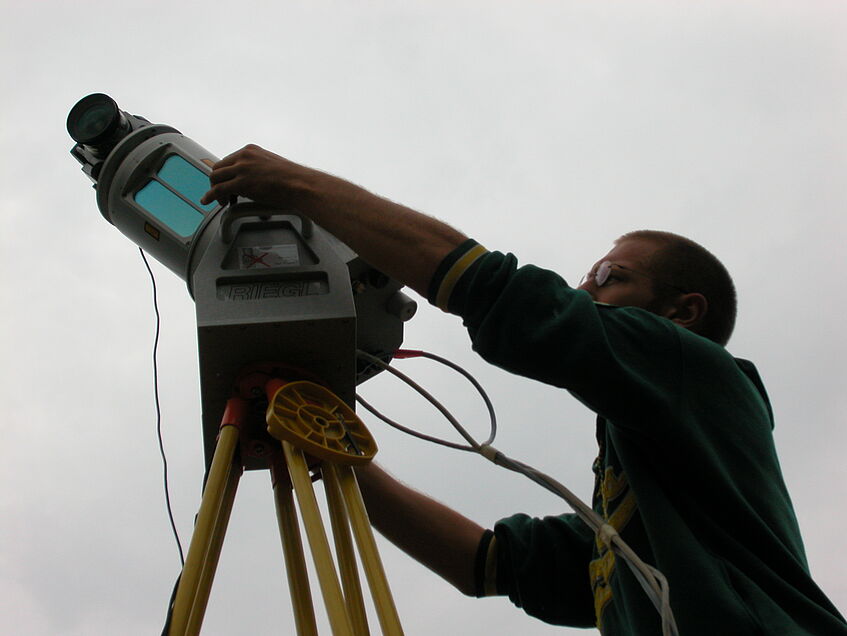Digital recording of stratigraphic archaeological excavations using terrestrial 3D laser scanners
Any archaeological site shows a stratification formed by single 3D volumes, the deposits and specific 3D surfaces of human origin as pits, ditches or wall-surfaces known as the units of stratification. Excavation forms the main data retrieval process in field archaeology - a destructive process to be documented in three dimensions.

To reconstruct fully the part of the site as destroyed by excavation these units have to be documented in 3D. The outstanding importance of a 3D documentation of the stratification by the means of the single surfaces indicates the use of terrestrial 3D laser scanners combined with digital imagery as a standard documentation tool. They provide high topographic detail and texture for the efficient digital documentation and monitoring of the excavation process. This monitoring demand opens a wide field of future development – hardware and software - to integrate laser scanners in the daily archaeological work flow.
